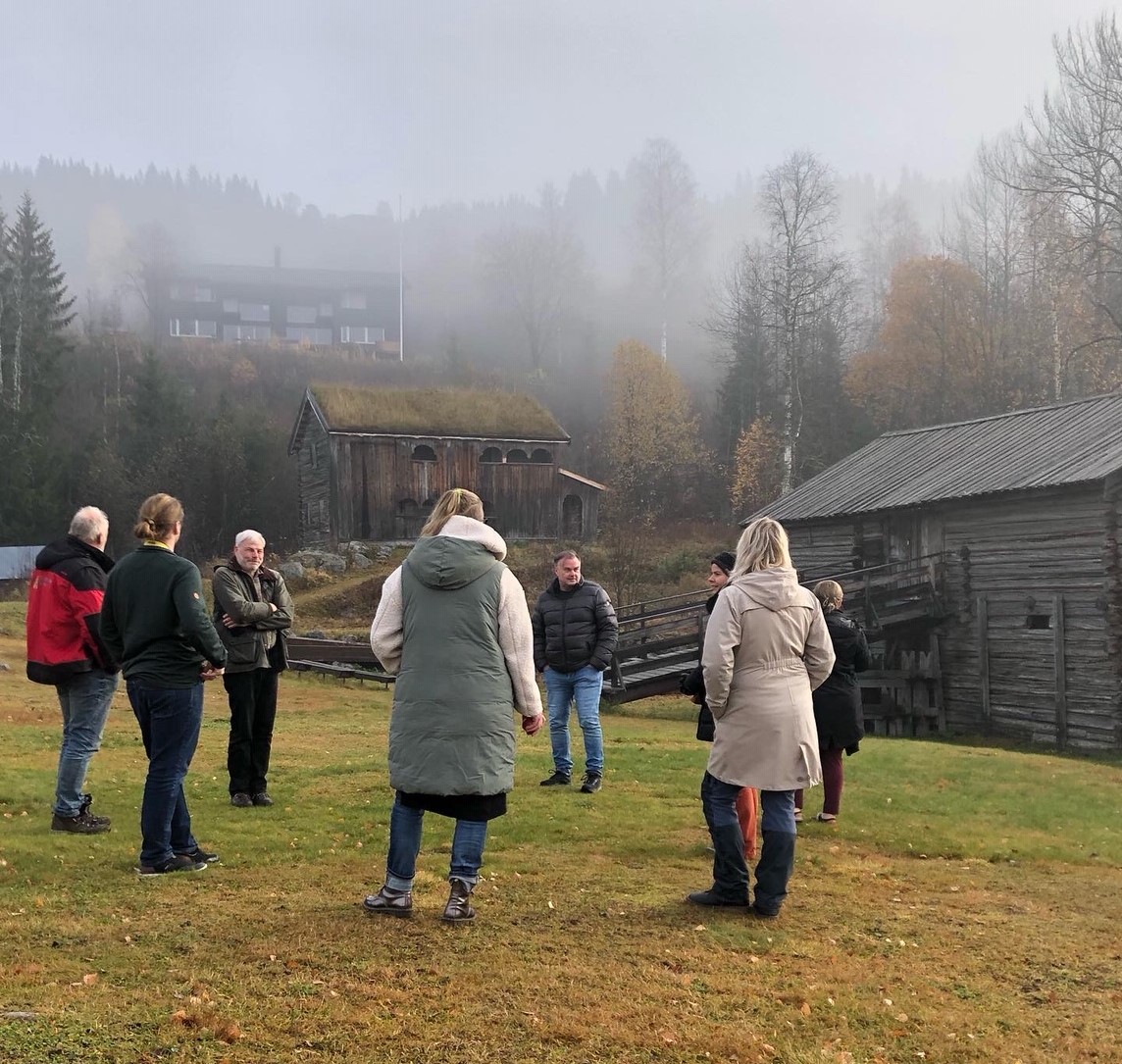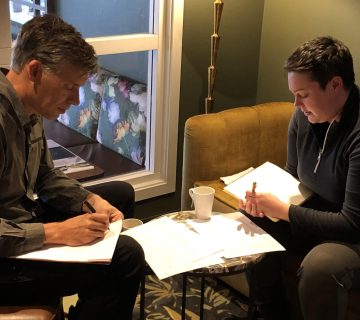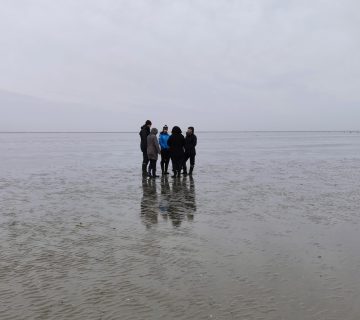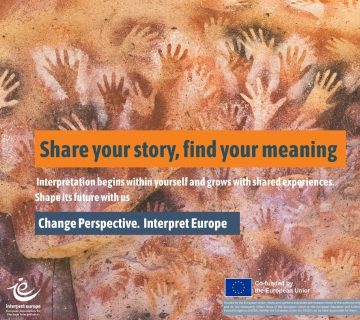Setting a clear direction and using a cooperative approach to best find the heart of a site in your interpretation.
When we are developing a site and want to interpret its innermost, its soul to others, it is important to include the nearby area and its residents and incorporate interpretation from the start of the process. During a lovely autumn week in the middle of October, nine people from different parts of Europe (Romania, France, Germany, Sweden and Norway) gathered in Trysil in Norway for the IE Certified Interpretive Planner (CIP) course. These days were intense, but filled with insights, knowledge and new acquaintances. Just like European projects and courses should be: enriching and bridging.
The small village of Trysil is best known as a popular ski-destination, but the area is also rich in heritage, and is now looking to make that heritage better known. The regional parks system in Norway, Norske Parker, invited us to join them in looking at the site known as the Bygdetun, an open-air museum in the heart of Trysil. This is a beautiful site with a wondrous view and many picturesque buildings from the past. Our mission during the week was to get to know the site and its stakeholders to figure out how the site can begin to talk to its visitors. To offer its stories.
By practically working our way through and building up our knowledge about interpretive planning, our trainer led us to build our plans step by step during the week. On the last day of the course our two groups presented their plans for interpretive services and plans for the Bygdetun. The plans had been developed by talking to stakeholders and residents as well as by getting to know the site, its present and its past. Just like when planning a guided tour using interpretation, an interpretive theme sets the frame of an interpretive plan. Themes not only help us to find our direction and to steer towards it, they also help our guests to attach a deeper personal meaning to their visit and experience of the site.
Late night group work is always a challenge and left us all exhausted and, sometimes, confused. But lovely dinners together filled with laughter and exchanges filled us with a buzzing energy. The final day of the course offered spectacular, colorful presentations and a lively herding song. Unforgettable.
Our hope is that our plans and presentations gave energy and ideas that Norske Parker, stakeholders and residents can use to bring new life to the Bygdetun. Our stay was beautifully framed and hosted by Norske Parker and we hope to meet again soon.
Back home we are now all immersed in our homework to develop interpretive plans for our local sites. To help us in this, apart from the experiences and knowledge from the week in Trysil, are templates and keys to guide us in our plans. In January we look forward to connecting with the group again online to discuss our progress. That way, we can still support and enrich each other. We are now an international team!
Märta, Jessica and Linn all work with the volunteer heritage sector in western Sweden, with a focus on the transformation of our society from the industrial revolution to modern society. They do this together in an inclusive way for everyone to tell their story. In other words, with interpretation. You can contact them at: marta.gustafsson@innovatum.se, jessica.bergstrom@vgregion.se, linn.bjork@innovatum.se.
To cite this article: Gustafsson, Märta & Bergström, Jessica & Björk, Lin (2022) ‘To find the heart of a site – together’ in Interpret Europe Newsletter 4-2022, pg.8
Available online: https://interpret-europe.net/wp-content/uploads/2022/12/Newsletter-2022_4-winter.pdf




